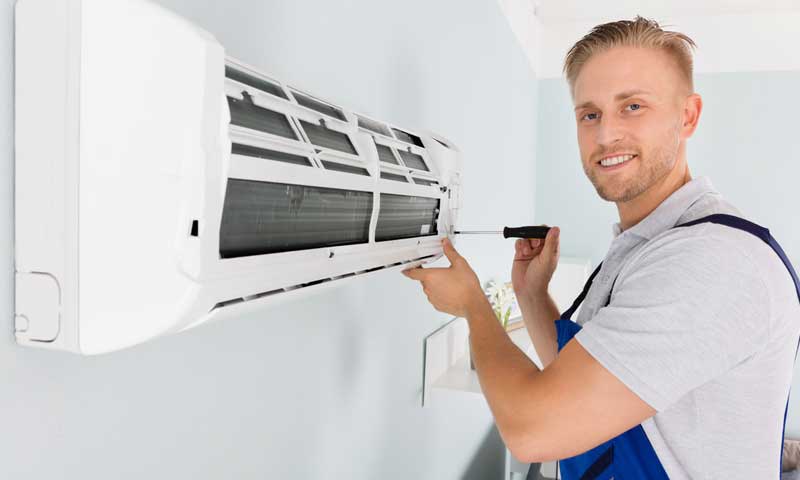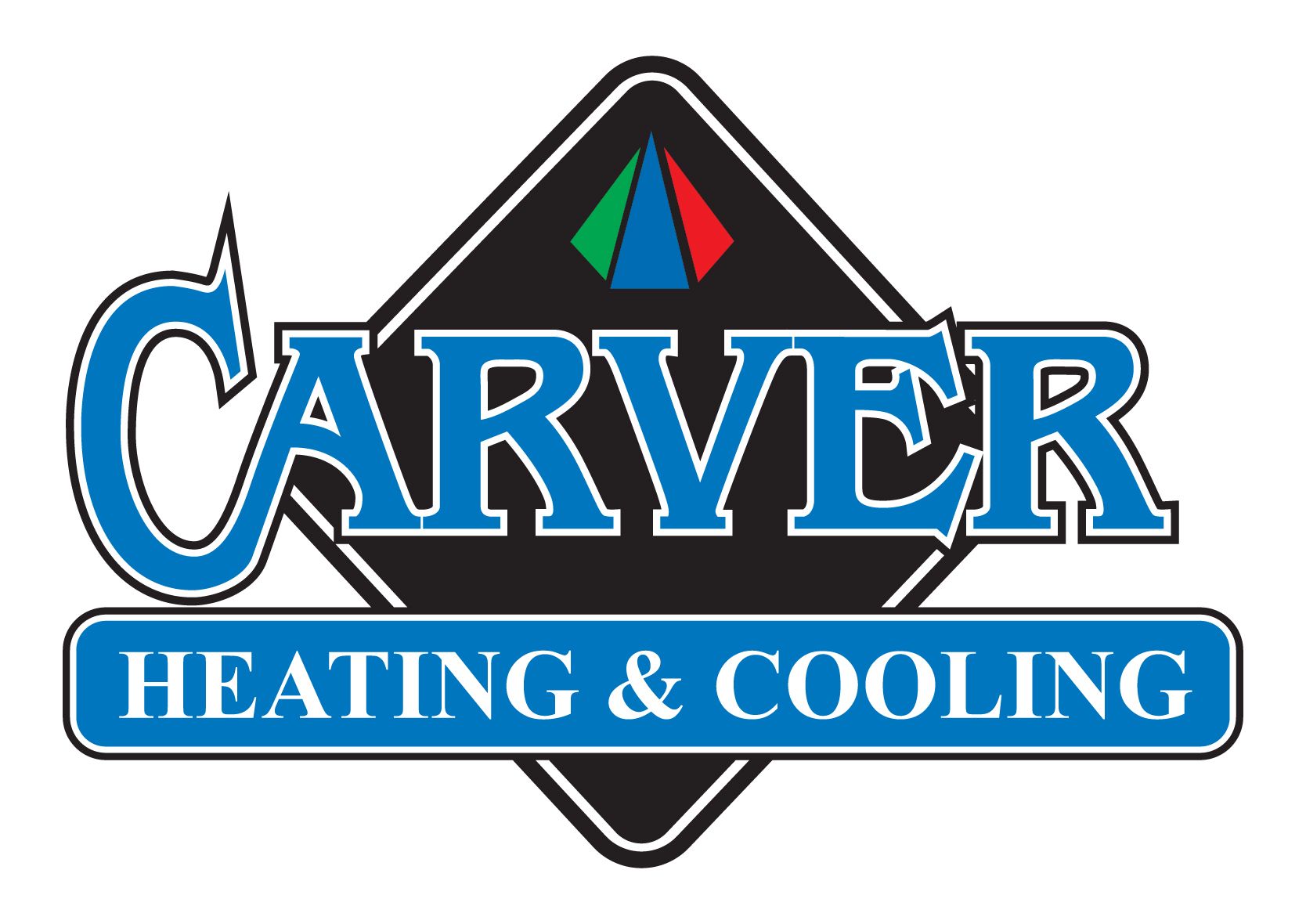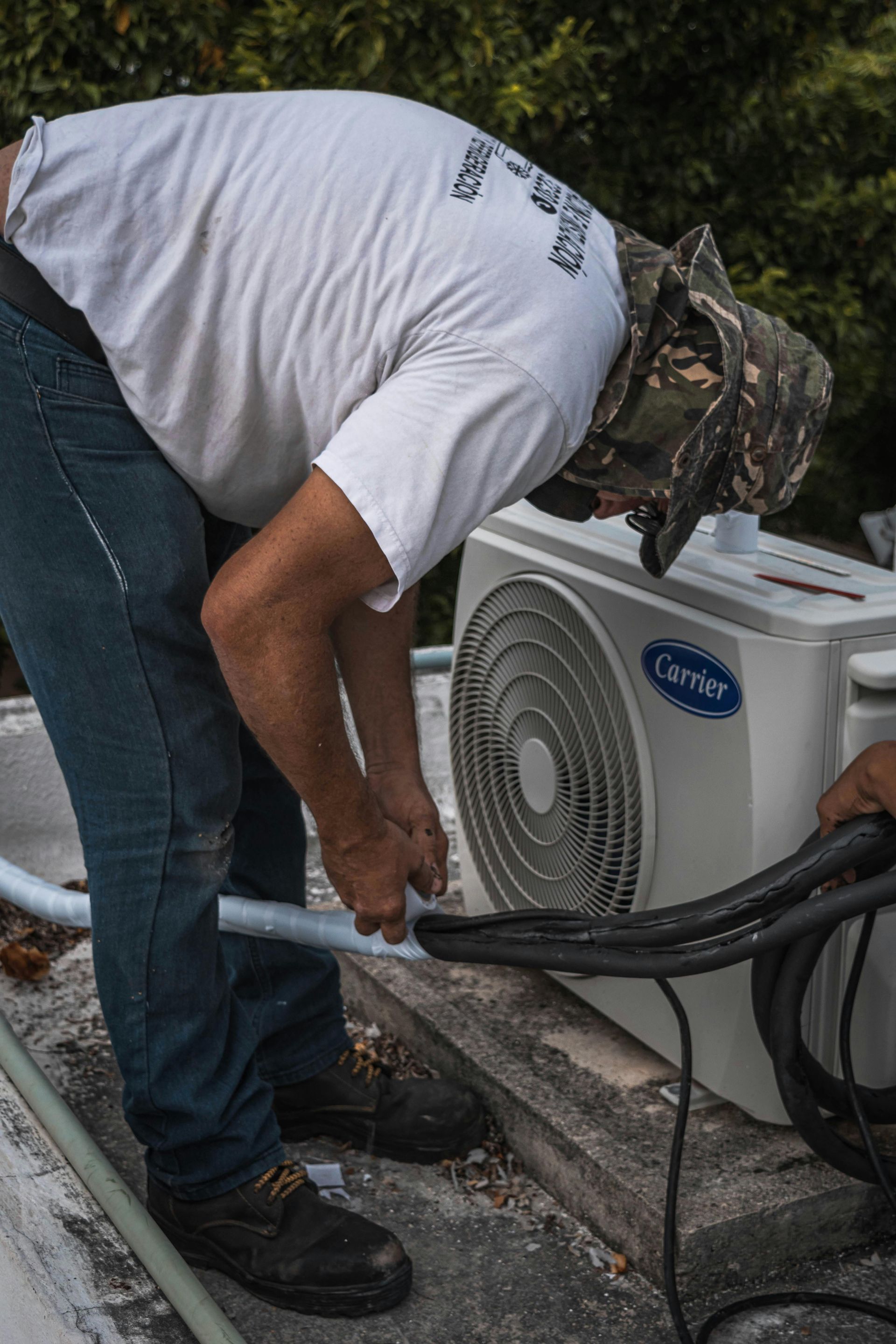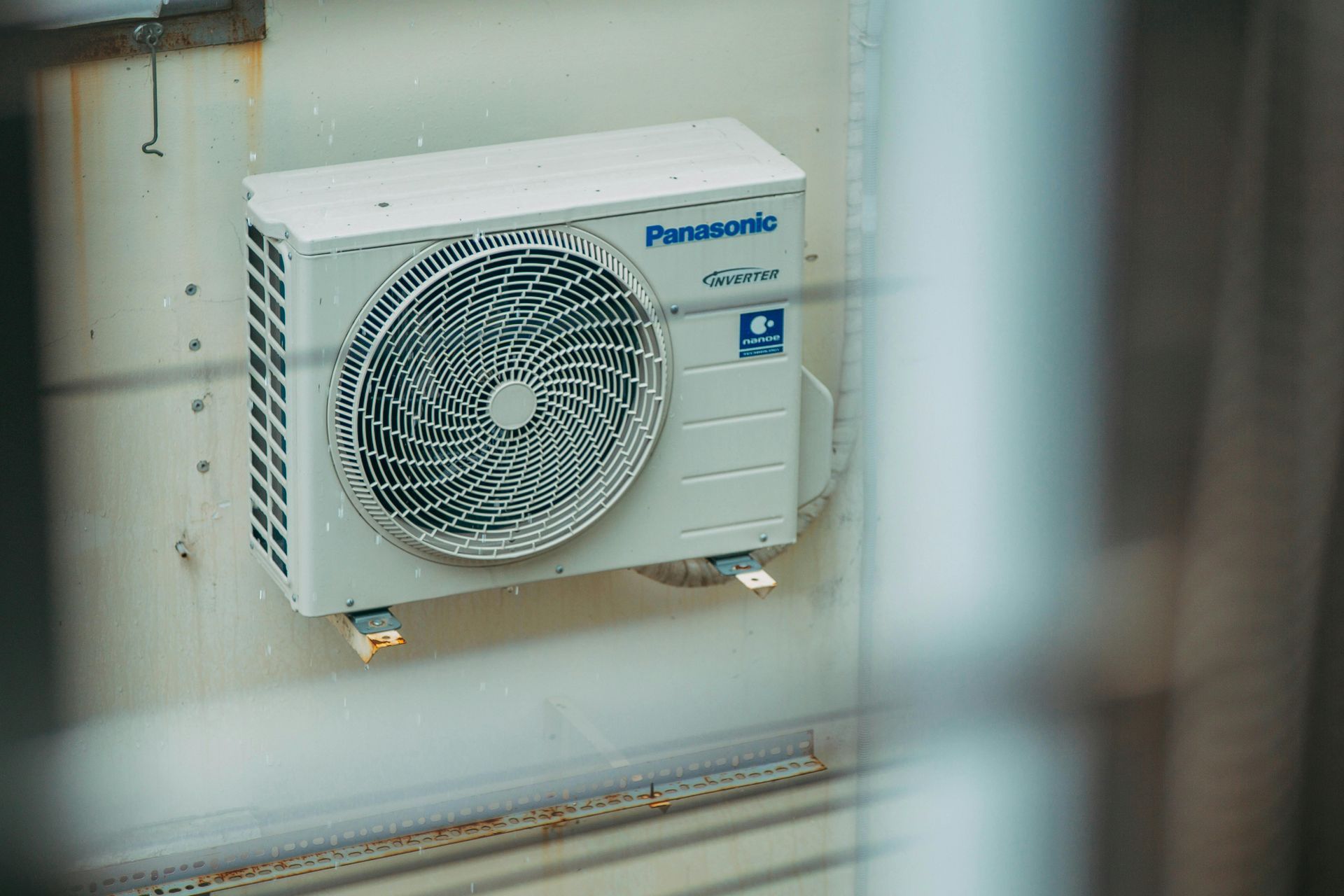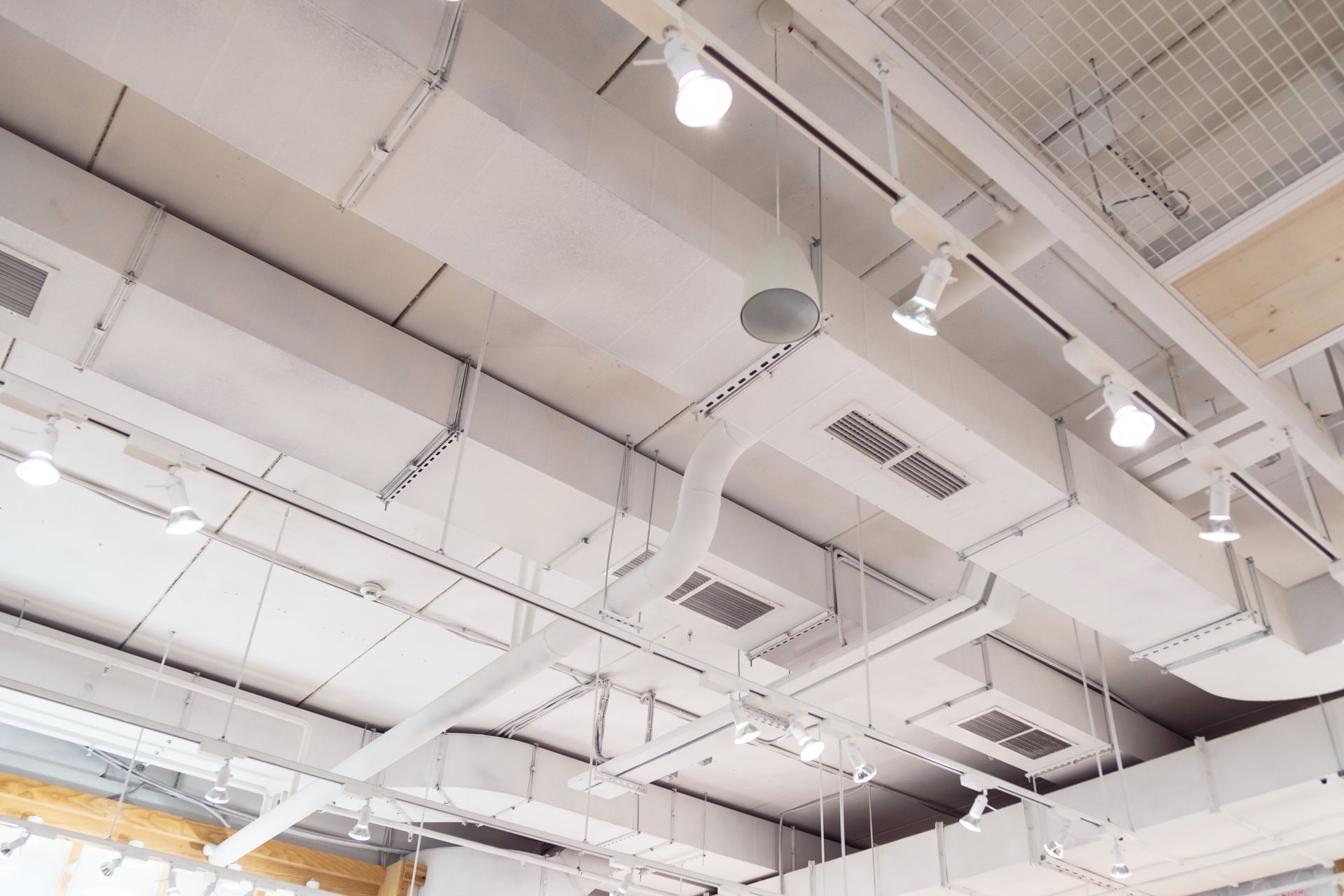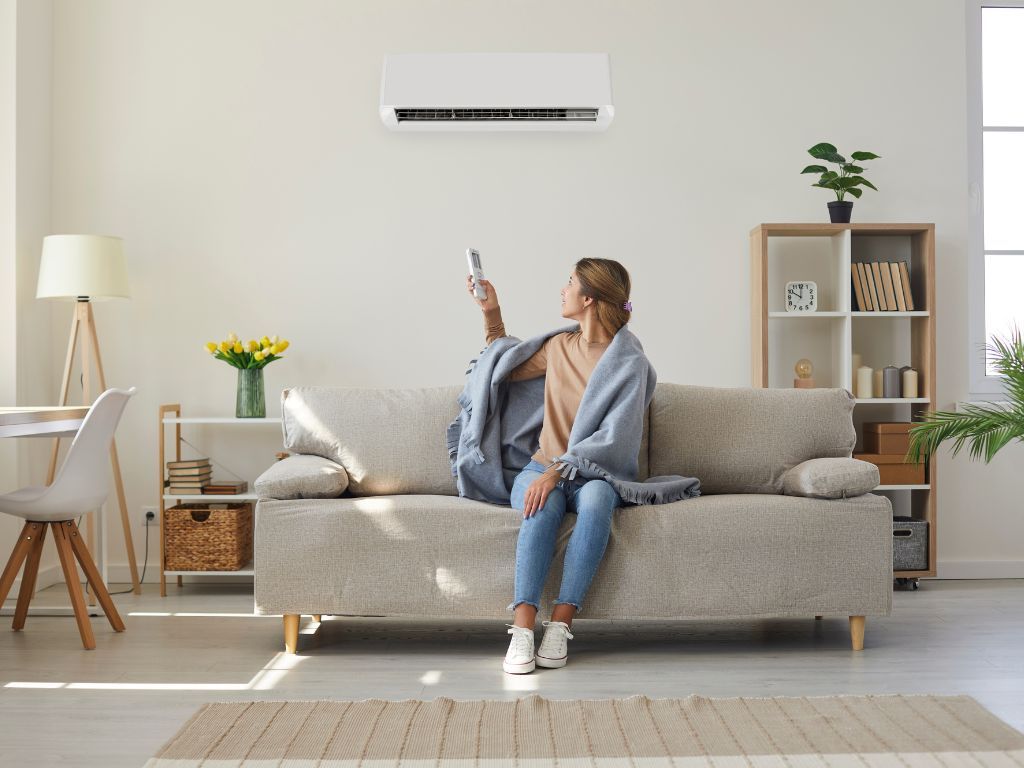An Introduction to Heat Ventilation Recovery Systems: How They Work and Why They Matter
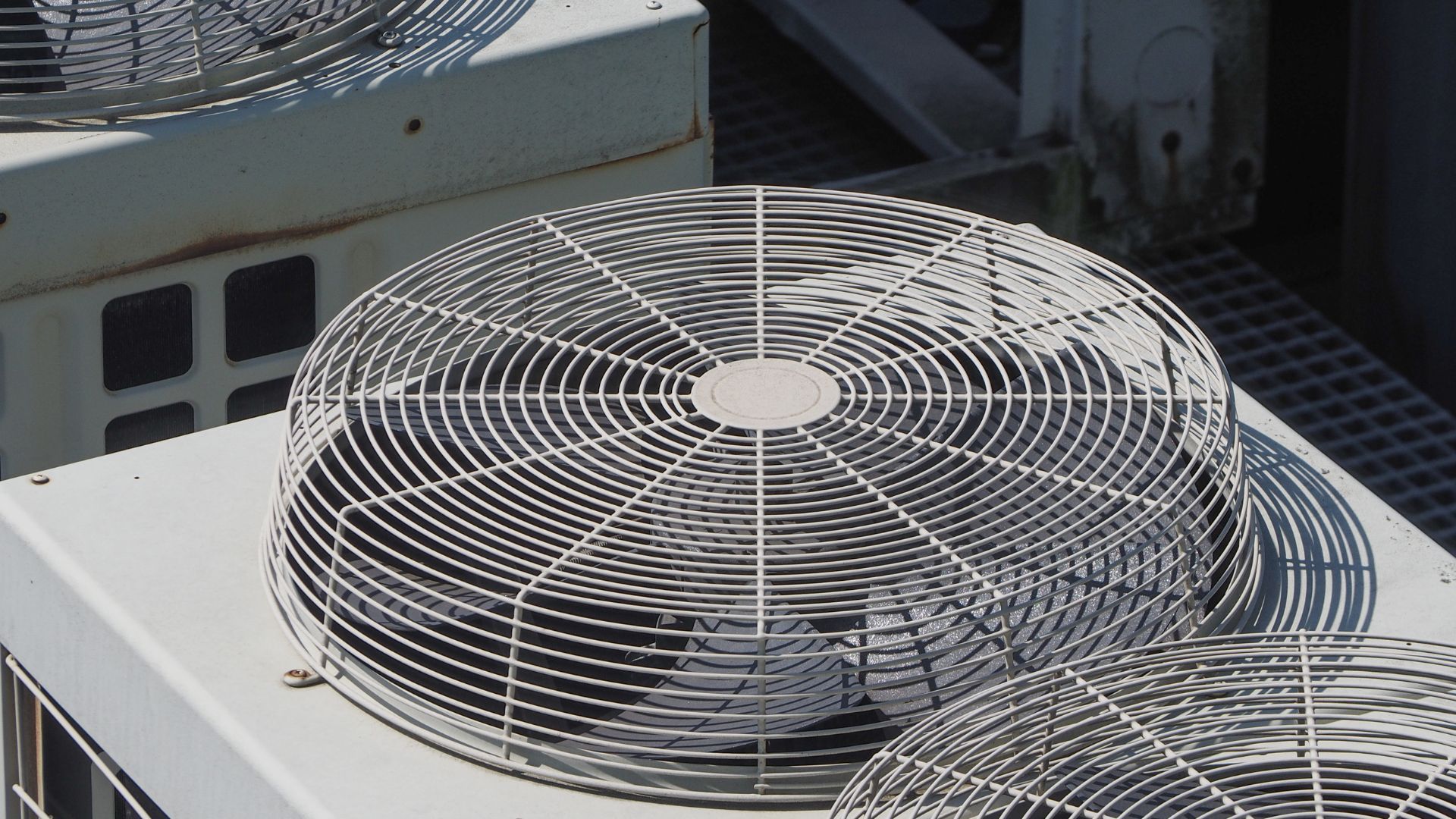
A heat ventilation recovery system (HVRS) is a type of ventilation system that is designed to improve the energy efficiency of a building by recovering the heat from exhausted air and using it to heat incoming air. The purpose of an HVRS is to provide a comfortable indoor environment while minimizing energy consumption and reducing greenhouse gas emissions.
How an HVRS works
An HVRS consists of several key components, including a heat exchanger, fans, and controls. The heat exchanger is responsible for transferring heat from the exhausted air to the incoming air. This is typically done using a type of heat exchanger known as a counterflow heat exchanger, which allows the two streams of air to pass each other in opposite directions without coming into contact.
The fans in an HVRS are used to move the air through the system. They may be located in the air intake or exhaust vents, or they may be stand-alone units. The controls in an HVRS regulate the operation of the system, including the speed of the fans and the temperature of the incoming and outgoing air.
The process by which an HVRS recovers heat from exhausted air and uses it to heat incoming air is relatively simple. Exhausted air is drawn into the system through an intake vent, where it is passed through the heat exchanger. As the air passes through the heat exchanger, its heat is transferred to the incoming air drawn in from the outside. The exhausted air is released back into the atmosphere, while the heated incoming air is distributed throughout the building.
Benefits of an HVRS
- Energy Efficiency
An HVRS can significantly reduce energy consumption and costs by recovering the heat that would otherwise be lost through the ventilation process. This can lead to significant energy savings, especially in colder climates.
- Environmental benefits
By reducing energy consumption, an HVRS also reduces greenhouse gas emissions. This can help mitigate buildings' impact on the environment and contribute to a more sustainable future.
- Indoor Air Quality
An HVRS can improve indoor air quality by reducing the amount of outdoor air that needs to be brought in to ventilate a space. This can help to reduce the risk of allergens and other pollutants entering the building.
Types Of HVRS
- Air-to-air HVRS
This type of system uses a heat exchanger to transfer heat between two streams of air. It is the most common type of HVRS and is often used in residential and commercial buildings.
- Air-to-water HVRS
This system uses a heat exchanger to transfer heat between an air stream and a water stream. The heated water can then provide heat to the building directly or through a hydronic heating system. Air-to-water HVRS are typically more complex and expensive than air-to-air systems, but they may be more suitable for larger buildings or buildings with high heating demands.
Considerations For Installing An HVRS
- Size of the space
An HVRS is typically more cost-effective in larger buildings, where the energy savings can justify the system's upfront cost.
- Local Climate
An HVRS may be more beneficial in colder climates, where heat recovery can lead to significant energy savings.
- Building Type
HVRS may be more suitable for certain types of buildings, such as office buildings or schools, which have high ventilation requirements and a relatively consistent indoor climate.
- Existing Ventilation System
If a building already has a well-functioning ventilation system, it may not be cost-effective to install an HVRS.
When selecting an HVRS, it is important to consider the specific needs of the building and the local climate. Factors to consider may include the size of the building, the type of heating and cooling system in place, the ventilation requirements of the building, and the local climate. It may be helpful to consult an HVAC professional to determine the most suitable system for a specific situation.
Maintenance And Upkeep of An HVRS
Regular maintenance is important for ensuring the efficient operation of an HVRS. Some tasks that should be performed on a regular basis include:
- Cleaning The Heat Exchanger
The heat exchanger should be cleaned regularly to remove any dirt or debris that may have accumulated. This will help ensure that the system operates at its maximum efficiency.
- Replacing Filters
An HVRS should be replaced regularly to ensure they are not clogged with dirt or debris. Clogged filters can reduce the efficiency of the system and may lead to indoor air quality problems.
- Checking And Adjusting Controls
The controls in an HVRS should be checked regularly to ensure they are functioning properly. Any necessary adjustments should be made to ensure that the system is operating at its optimal level.
Conclusion
An HVRS can provide a number of benefits, including improved energy efficiency, reduced greenhouse gas emissions, and improved indoor air quality. When considering the installation of an HVRS, it is important to consider the size of the space, the local climate, and the specific needs of the building. Regular maintenance is also important to ensure the efficient operation of an HVRS. Overall, an HVRS can be a cost-effective and energy-efficient way to improve the indoor environment of a building.
What are you waiting for? Visit us and own one for your home or business in London, Ontario now!
